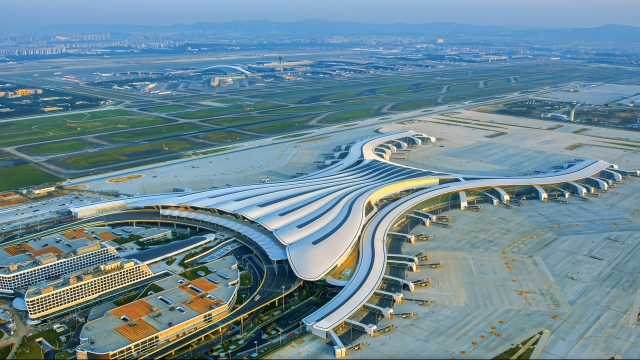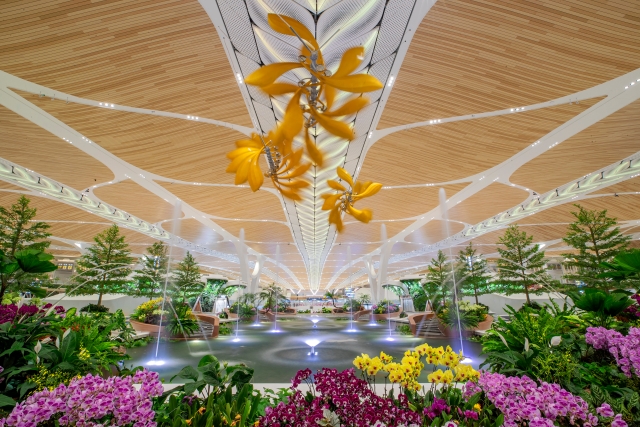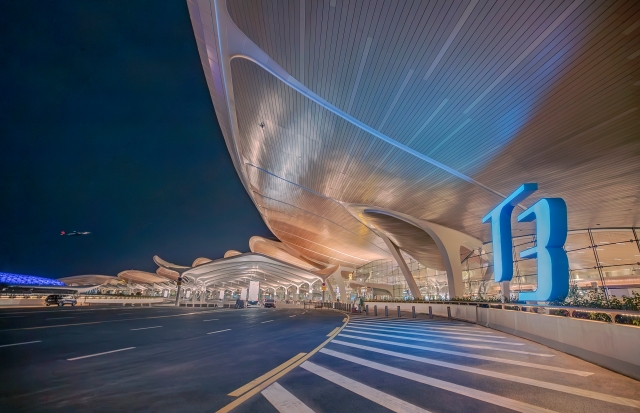As the 15th National Games approach, Guangzhou Baiyun International Airport inaugurated Terminal 3 (T3) and the fifth runway on October 30.

After five years of construction and a total investment of 53.77 billion yuan, the airport's Phase III expansion project has been completed. The upgrade marks Baiyun Airport's "five runways and three terminals" operation. The expansion enables the airport to handle 120 million passengers and 3.8 million tonnes of cargo annually, with an ultimate capacity of 140 million passengers and six million tonnes of cargo.
T3 consists of a main terminal building and three concourses, along with multiple boarding bridges. The main building serves departing, arriving, and transfer passengers, providing check-in, security, customs, baggage claim, and transfer facilities. The East and West concourses handle domestic flights, while the North concourse is designated for international operations.

The T3 Transportation Center embodies a seamless "air–land–rail" connectivity concept, featuring six platforms and 14 railway lines. It includes an underground Level B2 baggage check-in area that allows passengers to check in and transfer luggage directly, achieving high-efficiency transport between air and rail.
Architecturally, T3 adopts a "blossom" design inspired by Guangzhou's floral identity, forming a symbolic "Crown of the Flower City." The terminal has also set several national firsts: China's first panoramic airport viewing deck and observation tower; the first airport featuring a major public art system; the first with flagship washrooms; the first with a preserved ancient tree park; the largest garden in a domestic terminal; and the first terminal to include a botanical garden.

The Phase III expansion is also the first among Chinese hub airports to fully apply Building Information Modeling (BIM) smart construction. Several of its techniques are national firsts: the first terminal with a continuously colored welded stainless-steel roof; the first domestic airport to adopt a 915-meter mid-runway spacing and a 172.5-meter runway clearance; and the first to use shield tunneling under three operating runways.

Reporter | Dai Bosi
Photo | Guangzhou Baiyun International Airport
Editor | Hu Nan, James Campion, Shen He
















